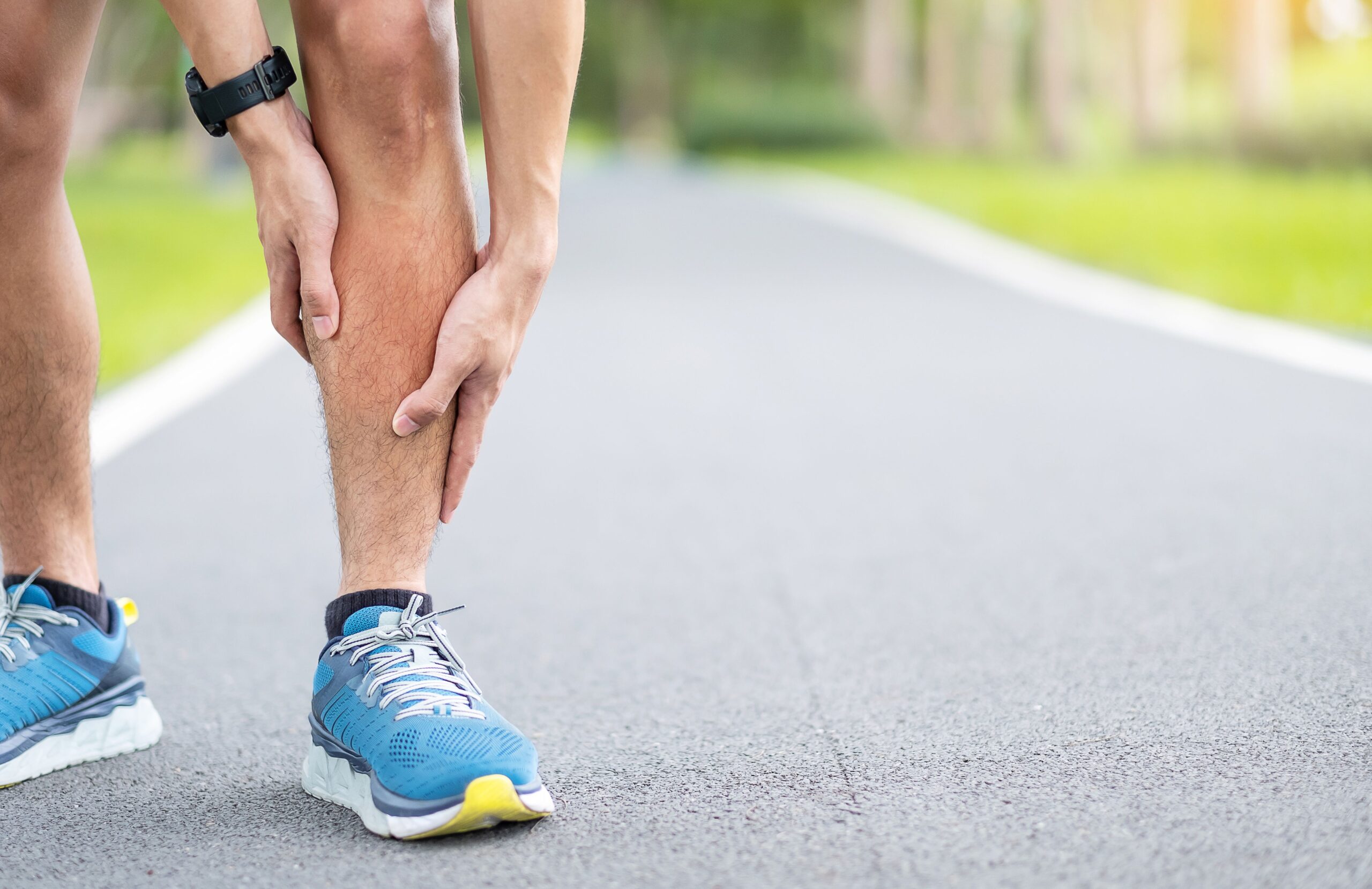
Paul White. Physio and Running Movement Coach
Over the past week, I've had the incredible opportunity to work closely with the Auckland U18 girls hockey team. Collaborating with these talented athletes has been a rewarding experience, but it hasn't been without its challenges. One recurring issue that a significant number of the girls have faced during the hockey season is calf tightness. It has become evident that their preparation could be improved to alleviate this concern and potentially enhance their overall performance. In light of recent research on strength training and its benefits, I believe we have a promising solution.
Unleashing the Potential: The Soleus Muscle:
A recent article caught my attention, shedding light on the positive impact of strength training on performance. The study focused on runners, demonstrating that an 14-week strength protocol specifically targeting the soleus muscle (note: the study only had one exercise strengthening the soleus) led to a remarkable improvement of 4% in their running efficiency. This finding is undoubtedly exciting for those seeking to enhance their running speed. However, I propose that this protocol could also hold the key to relieving the calf tightness symptoms experienced by the young girls on the Auckland U18 hockey team.
Understanding the Significance:
On the picture on the left hand side we can view the two large calf muscles. The 2 heads of gastroc are the most superficial (near the surface), then under those heads is the soleus. The picture on right, shows a cross section on the lower leg (at the level of the dotted line on the left picture). I wanted to show this picture to give an indication of the size of this muscle. This muscle is actually really substantial. (note: there is variation in the size of soleus, gastrocnemius. This cross section is taken from a distance runner.)
The soleus muscle, located in the calf, plays a vital role in lower limb movement and stability. It is a key driver during activities such as running, jumping, and pivoting—the very actions frequently required in running and hockey. How these muscles function in sporting movement (sporting movement: running, turning, acceleration etc) is incredibly complex. Hence, I am going to take the liberty of simplifying part of this function. That concept is that when we see a tight muscle, that muscle is not strong enough to deal with the load being applied. Hence a tight calf muscle in hockey, is that muscle not being strong enough to deal with the force that it sees in hockey. The body wants to protect itself from damage. Hence it creates tension to help protect in this environment. The negative is that it can get tighter and tighter, which then increases chances of injury due to this tightness.
The strength protocol focused on targeting the soleus muscle through specific exercises designed to improve its strength. By incorporating this type of training into the Auckland U18 girls' hockey team's routine, we could potentially alleviate the calf tightness issues they have been experiencing. Moreover, this approach might also lead to a host of additional benefits, including improved agility, enhanced power, and increased resilience against injuries.
Read the Research here. https://doi.org/10.1098/rspb.2020.2784
Devil in the Details: The Strength Protocol
The Resistance training was performed for 14 weeks and was characterized by five sets of four repetitive isometric ankle calf raises (3 sec loading and 3 sec relaxation) at 90% of the maximum voluntary contraction (MVC) strength (adjusted every two weeks), three to four times a week (see picture below). This loading regimen has been shown to provide a sufficient magnitude and duration of tendon strain to promote AT adaptation in addition to increases in plantar flexor muscle strength
Strength Protocol
14 weeks, 3-4 x week
5x 4 ( sets / reps)
90% Max isometric. 3 sec hold. 3 sec relax
Seated soleus strengthening (with knee at 90 deg flexion). Note: forefoot on box. And heel dips below zero degrees.
High wall sit. With the heel slightly off the ground. In this position, your soleus is helping to stop you sliding off the wall. Hence for those that do not have access to gym, this can help strengthen the soleus. Note: although this does help strengthen, you may need to add more weight to help create an environment that is similar to the research article. I suggest holding 10 -15 kg to help overload that muscle.
Recent Comments